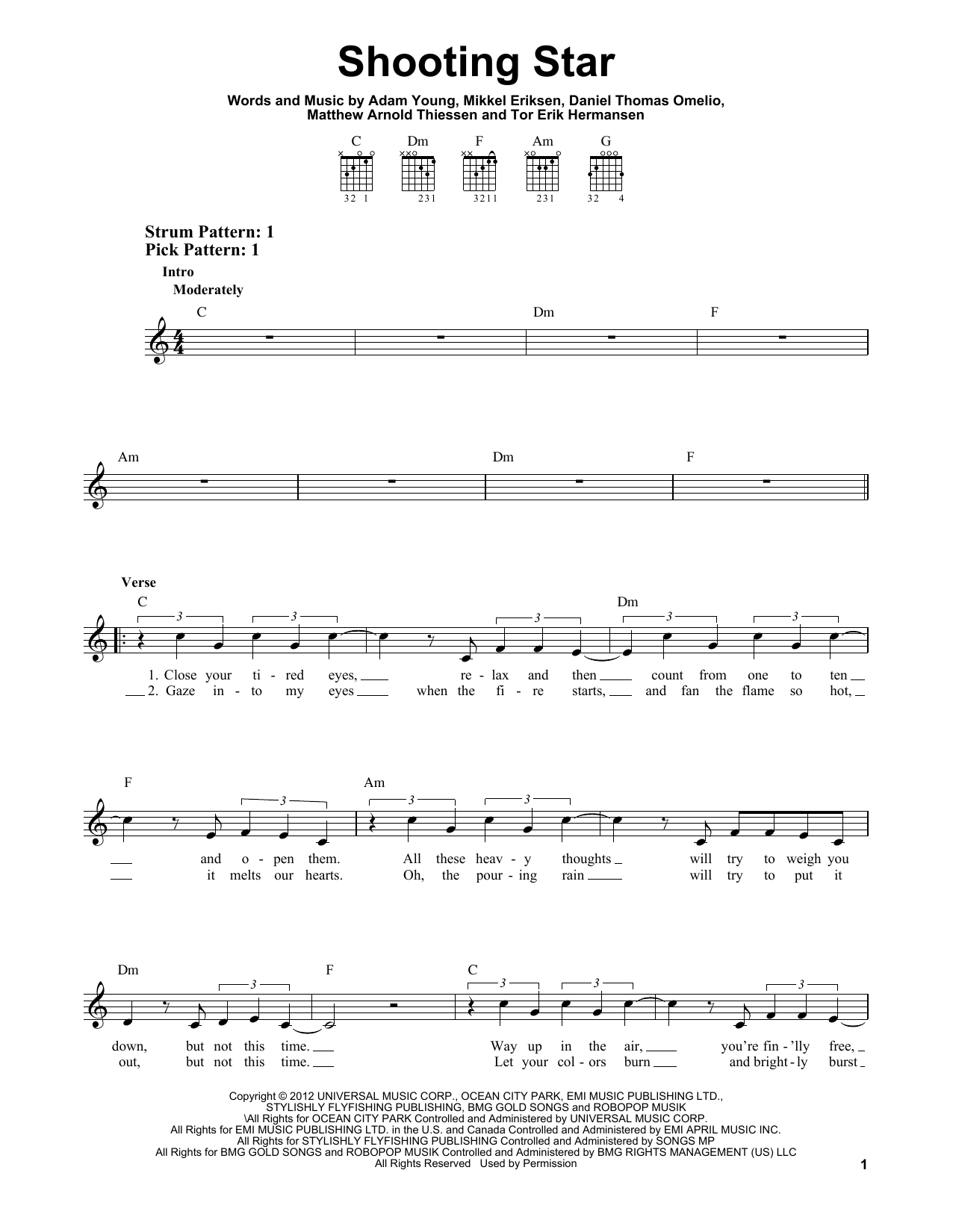
It’s like laying out a long piece of paper that has all the architectural plans for a building.

“When you look at a piano, you can see every note. When one is able to catch this arrangement and how it works, the knowledge will greatly assist in learning the guitar, and other instruments too. This is very different from the guitar, which doesn’t have such an arrangement. The way the piano is structured gives one a bird’s eye view of all the notes and keys in a continuum. A lot of people play just enough piano to write a song or figure out chord changes. “And you don’t have to become a great pianist, that’s not really important. “I think understanding the piano really helps,” he explains. The piano gives a comprehensive understanding of the entire music learning spectrum. He clarifies that you need not master the piano, but a good understanding of how things work will give you the advantage when learning the guitar.

In particular, he says, the instrument’s layout can give players a valuable perspective on music. Speaking recently with Total Guitar, Johnson said that learning the basics of piano playing is an essential part of becoming a well-rounded guitarist. This advice is given by Eric Johnson who is skilled in both the piano and the guitar: Image Courtesy of Wikimedia The basics of the piano-learning rules will go a long way in helping you to learn the guitar more efficiently. The following account by Christopher Scapelliti gleans on the observations made by a well-known guitarist: There is an interesting perspective on these two instruments that will give you insight in learning the guitar. It is not uncommon to hear of a significant percentage of any given population that had an opportunity to learn either of these instruments, even if they did not master them. Over time, the fretboard will surely be completely mastered by you, don’t worry.The guitar and piano are instruments that are found all over the world and compared to other instruments, they are easily accessible. Note that on the guitar it is a little difficult to memorize where all the notes are, but this will become easier as you study the topics here in Simplifying Theory, as there are many shortcuts that help in identifying the immediate location (thinking of the degrees, chords, scales, etc.). The other notes are distributed according to the drawing below, where the numbers represent the frets on the fretboard: On the acoustic guitar, each loose string corresponds to a certain note (E, B, G, D, A, E, from the highest to the lowest, respectively).

Please see below: Piano NotesĬheck this article for more information: Piano and Keyboard Notes Guitar notes In this instrument, the black keys contain the notes with alterations (sharps) and the white keys contain the remaining notes.

In this topic, we will show you how to find the 12 notes (C, C#, D, D#, E, F, F#, G, G#, A, A#, B) on some instruments. How to find the musical notes in your instrument?


 0 kommentar(er)
0 kommentar(er)
